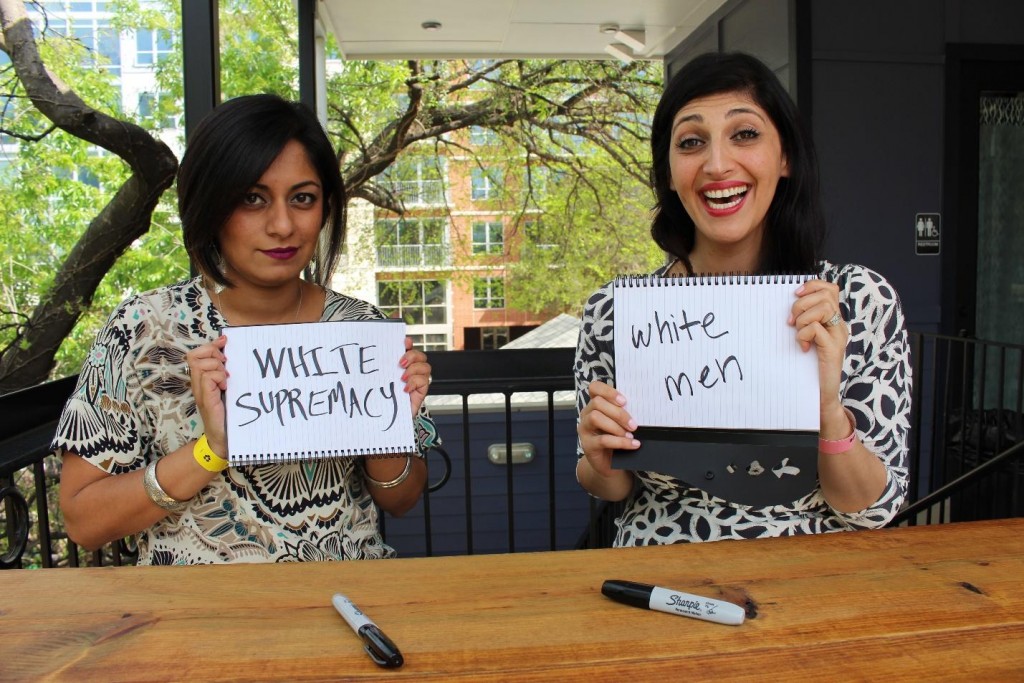
by Sarah Khan
At this year’s South by Southwest in Austin, the Dropbox Podcast Studio hosted a two-day event to showcase various podcasts, two of which are friends of Brown Girl—American Desis and Good Muslim Bad Muslim.
(Both parties recorded their podcasts live, which can be found on the links above.)
The atmosphere was chill, everyone was sipping on some mimosas, eating puff pastries and mingling with each other. After the recordings, I sat down with both duos to play the ‘BFF’ game with them.
Here’s what went down!
Arjun Gupta and Akaash Singh—American Desis co-hosts—were my first victims.
[Read Related: What Happens When the Brown Boys of ‘American Desis’ Meet Ladies of Brown Girl Magazine]
- What is Akaash’s hidden talent?
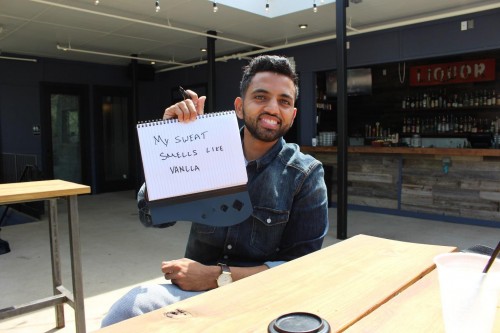

2. Arjun turns to you and says, “THIS SONG IS MY JAM!” What song is it?
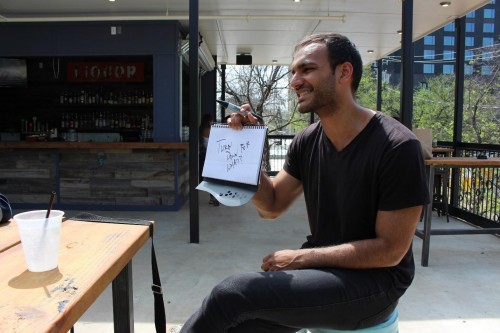
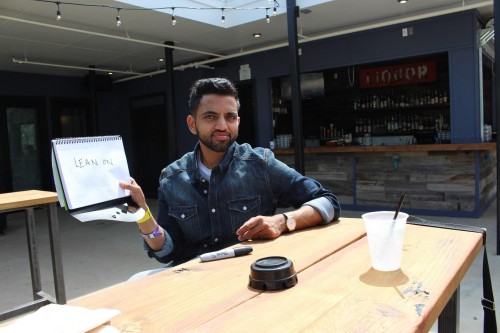
3. If Arjun was a rapper, what would his alias be?
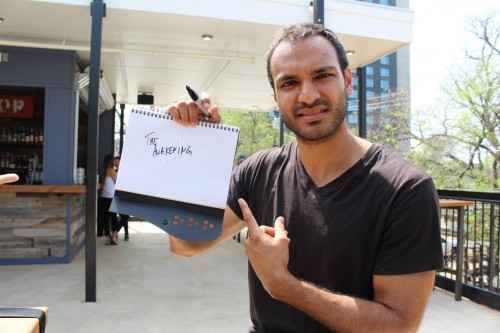
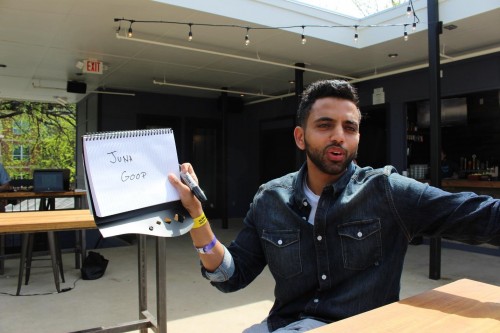
4. What’s Arjun’s biggest pet peeve?
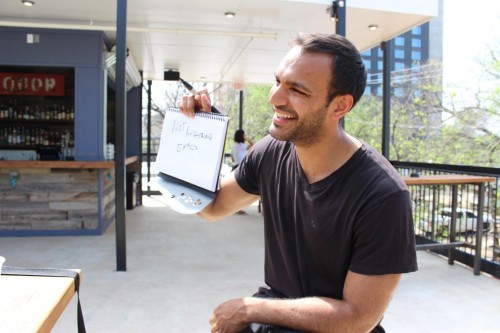
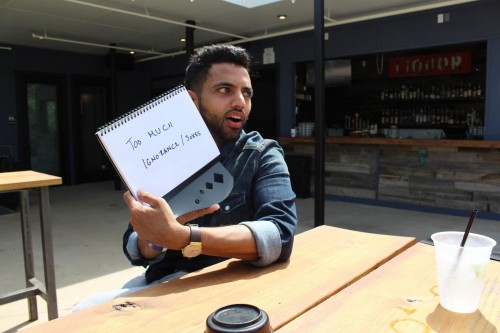
5. What’s on the top of Akaash’s bucket list?
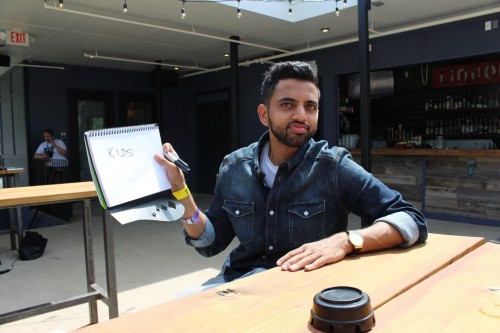
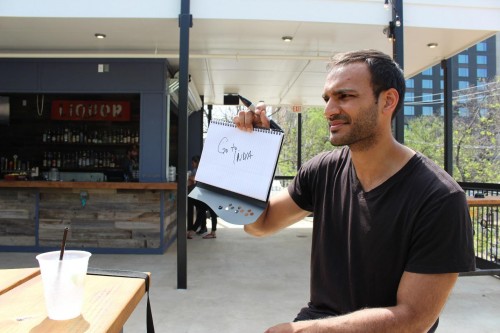
6. What was your first impression of each other?
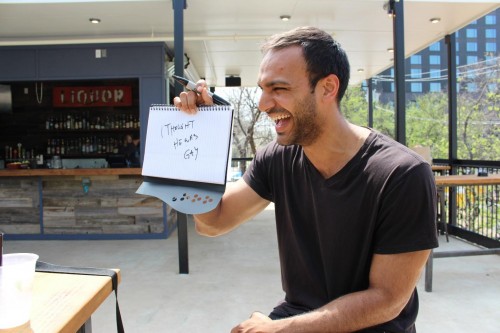
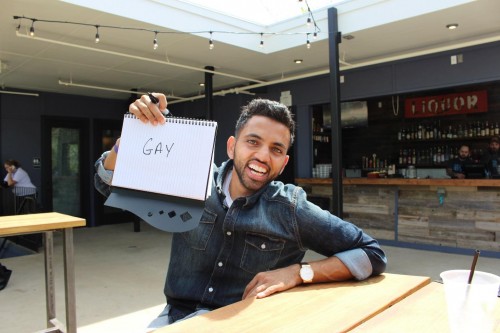
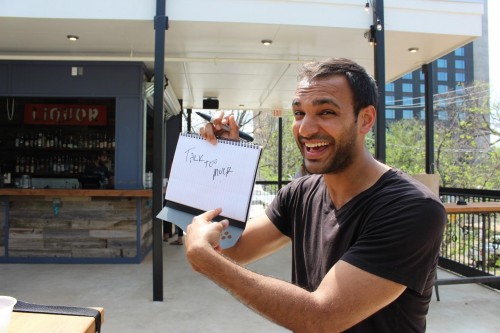
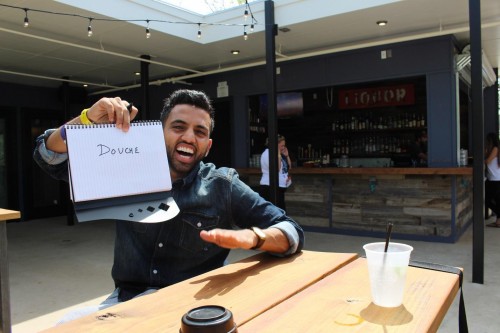
7. If Arjun wasn’t an actor, what would he be?
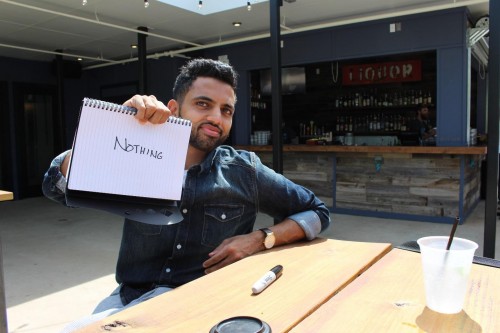
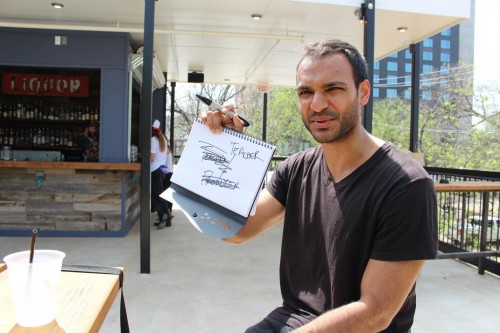
Then I sat down with Taz Ahmed and Zahra Noorbakhsh, the badass ladies of #GoodMuslimBadMuslim.
1. What’s Taz’s biggest pet peeve?
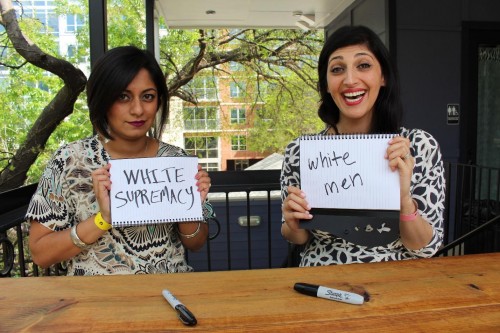
2. Zahra turns to you and says, “this song is my jam!” What song is it?
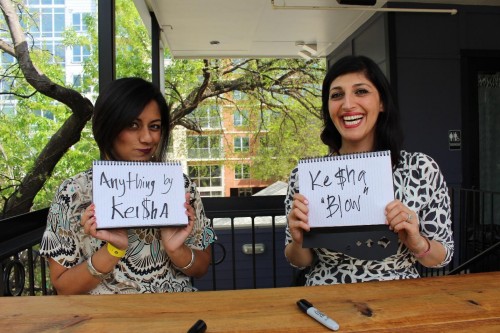
3. What was your first impression of each other?
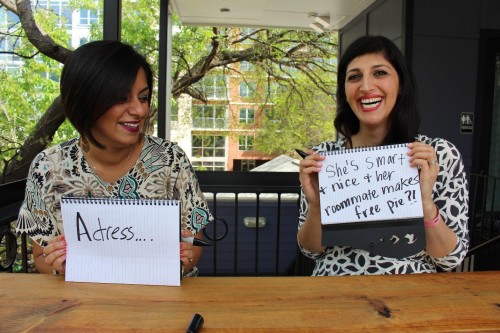
4. It’s 3AM and Zahra says she’s hungry, what does she eat?
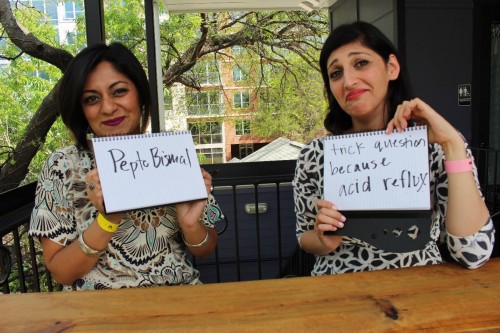
5. What’s Taz’s hidden talent?
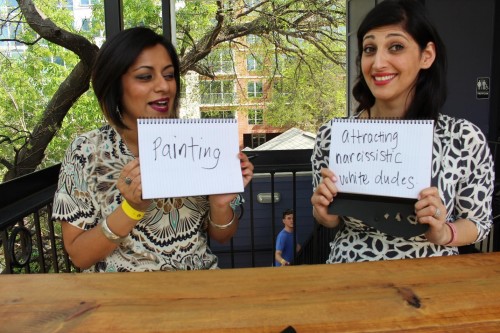
6. If Taz were a rapper, what would her alias be?
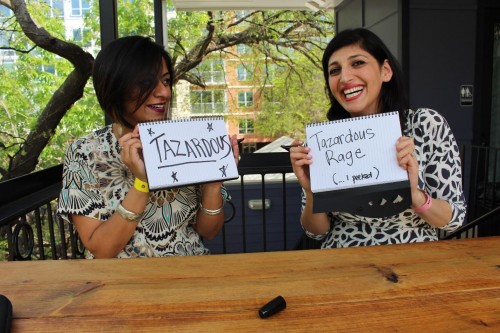
[All photos are courtesy of Sarah Khan]
 Sarah Khan is aspiring to be Sharmila Tagore with the swag of Aaliyah. She is 23-years-old and her mom won’t stop asking her about marriage. Sarah usually ends up telling her mom that she wants to marry an African-American Jew, which causes her mother to promptly throw chappals at her. Sarah wants Drake to know that she’s down and ready whenever he is. Sarah is also 257 Pokemon away from catching them all.
Sarah Khan is aspiring to be Sharmila Tagore with the swag of Aaliyah. She is 23-years-old and her mom won’t stop asking her about marriage. Sarah usually ends up telling her mom that she wants to marry an African-American Jew, which causes her mother to promptly throw chappals at her. Sarah wants Drake to know that she’s down and ready whenever he is. Sarah is also 257 Pokemon away from catching them all.




